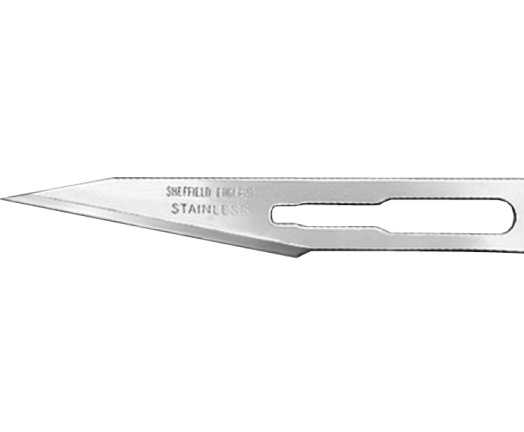

When surgical procedures are to be performed on multiple rodents, the same set of instruments may be used on more than one animal under the following conditions. Glass bead sterilizers may be used between animals when one set of initially autoclaved instruments is used on a group of up to 5 animals. Instrument tips become extremely hot and must be cooled before use. Only the tips of the instruments are re-sterilized in this process.Glass bead sterilizers have a central well filled with glass beads heated to high temperature (approximately 5000F).Īfter removal of blood and tissue, the tips of surgical instruments are placed into the hot glass beads for approximately 10-15 seconds. Glass bead sterilizers may be used to re-sterilize instruments during a surgical procedure but are not acceptable as an initial method of sterilization. Items sterilized with ethylene oxide must be aerated before use to allow the gas to dissipate. Instruments are placed in a surgical pack and exposed to steam under pressure.Ī sterilization indicator (required) such as autoclave tape or an indicator strip is used to identify instruments that have been sterilized.Įthylene oxide gas is used to sterilize items that cannot withstand the high temperature and steam of an autoclave.Įthylene oxide is highly toxic. Steam or autoclave sterilization is the most common method of instrument sterilization. Dry heat sterilization using a glass bead sterilizer is not acceptable for initial sterilization of instruments prior to surgery but may be used during ‘batch’ surgeries. Methods of instrument sterilization include steam (autoclave) and gas (ethylene oxide) sterilization. Chemical disinfection is not the same as sterilization and is not acceptable as the primary method of instrument preparation for surgery.

The process of sterilization kills all forms of life, including bacterial spores and viruses. Surgical instruments and other material or equipment that will contact the surgical site must be sterile prior to use.

One of the most common errors for an inexperienced surgeon is setting instruments down on an unsterile surface. Use an extra piece of sterile drape material or the inside of the surgical wrap or envelope as a sterile space to place instruments during surgery. Keeping Instruments Sterile During Surgery A sterilization indicator is included on the envelope. Peel packs –self-sealing ‘envelopes’ used for steam or gas sterilization. Other types of sterilization indicators may be placed inside the pack. Instruments, with or without an instrument tray, are packed inside a folded cloth or paper wrap and sealed with tape designed to indicate when sterilization has been achieved. A variety of packing methods exists, including: The surgical pack must not only hold the instruments and supplies during the sterilization process, but also maintain the sterility of the contents until used in surgery. Prior to surgery, instruments and other supplies are placed in a ‘surgical pack’. How to Select and Procure Surgical Instrumentation for Rodent Surgical Research. Proper care will extend the life of your instruments and help preserve your investment. An ultrasonic cleaner can assist in this process. Instruments must be gently cleaned after each use to ensure that all blood and tissue is removed. Scissors and other sharp instruments can sometimes be re-sharpened to prolong life. Instruments should be assessed on a regular basis and replaced when necessary. Any instrument that is used frequently, handled roughly or cleaned with abrasive materials can be damaged or dulled. It has been reported that repeated use of glass bead sterilizers will make instruments brittle and dull over time. Using instruments that are too large will exaggerate hand motions and decrease surgical precision resulting in poor technique and increased tissue trauma. Instruments should also be of the appropriate size for rodent surgery. These forceps are not designed to securely grasp the needle and using them for suturing will damage the tips making them useless for their intended purpose. While they can be used to hold a needle for suturing in an emergency, routine use of hemostatic forceps instead of a surgical needleholder is not recommended. For example, hemostatic forceps are designed to grasp and hold tissue such as blood vessels or skin.

Incorrect use of these instruments will damage them and make it difficult, if not impossible, to use them correctly. Instruments used for rodent surgery are delicate and typically designed for a specific function.


 0 kommentar(er)
0 kommentar(er)
